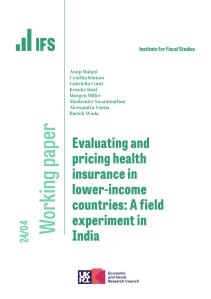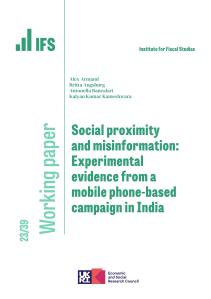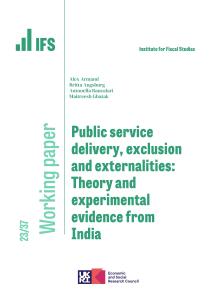Use of technologies such as condoms must be agreed upon by both partners. In contexts where women have low bargaining power, many women may struggle to convince their partners to adopt. Introducing a version of the technology that is second-best from a social planner's perspective, but more acceptable to men, may therefore improve adoption and welfare. We evaluate a field experiment introducing female condoms in the slums of Maputo, Mozambique. Female condoms offer marginally lower protection and higher unit cost than male condoms - which are already widely available - but lower discomfort and stigma to men. As predicted by our model, we find strongest adoption among women with low household bargaining power. The main margin of adoption is therefore from women previously having unprotected sex, rather than women substituting away from male condoms. We also observe an increase in the number of sex acts. A cost-benefit analysis shows how free provision of female condoms could be cost-effective. The findings highlight how policy should take into account the distribution of the costs and benefits of technology adoption, and of bargaining power, within the household.









